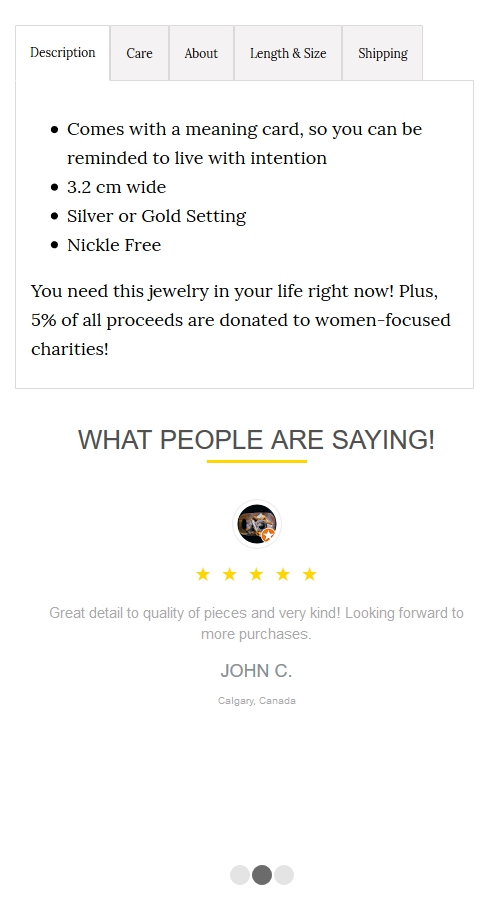In this digital world, so much business happens online. When you run an e-commerce store, it is essential that you are able to find ways of connecting personally with your customers, and you are allowing your customers to connect with each other.
The best way to do that is by using social proof tools.
Studies have shown that individuals are more likely to change their behavior and choice preferences to match those of their peers. This is a common trait all over the world, and it is known as social proof.

The notion of social proof is simply the process of building consumer interest and trust in your business by demonstrating the experiences and feedback of past customers.
There are several tools that you can use on your e-commerce site to help you demonstrate social proof, help you get and keep the attention of potential customers, and translate that attention into sales.
But what tools help e-Commerce websites demonstrate social proof?
6 Tools to Help Your E-Commerce Site Demonstrate Social Proof
1. Trust Seals
Trust seals are symbols that you can place on your website to help reassure potential customers that any information they give to you will be safe and secure. These seals are associated with SSL, meaning that your website has been verified and that there exists a secure transmission for customers to safely enter their sensitive information.2. Customer Reviews
Customer reviews are the most common and typically effective form of social proof.
They allow new customers to see that your company is legitimate. Not only that, but customer reviews help web visitors understand the experiences of others that have used your products. You can display customer reviews in the form of testimonial carousels, and review ratings on the product page. Having these things displayed on your website will give customers more confidence when purchasing from you.

To get reviews, you can offer past customers who attach a photo to their review discounts or free items. Encouraging more people to share their positive experiences with your company and your products will help you generate sales in the long run!
3. User Generated Galleries
You can add a photo wall to your product page that demonstrates your product in action! This can be a gallery of pictures taken solely by you, or you can include pictures that customers have sent in of your products in action.
Try creating a unique hashtag (just be sure no one else is also using it) to encourage your past customers to upload pictures of your products in action.

You decide how to use those photos on your e-commerce site, make sure that your website remains quick loading and easy to navigate and use. You don’t want to be interrupting your customer’s shopping experience with a poorly placed photo or video of your product popping up, causing frustration and possibly order abandonment.
4. Wishlist Counter
A wish list is a great tool to have on your e-commerce site. Having a wish list can decrease your shopping cart abandonment and help generate sales from customers who showed intent but didn't end up buying.
However, the wish list counter has another use entirely. It allows potential customers to see how popular certain items are. Just think about your own shopping experiences. Do you find yourself wanting to buy items that are not as well-received, or do you want to buy the item that everyone is talking about and wanting?
Wish lists can allow potential customers to see the items that others are more interested in purchasing themselves. In the same way, showing how many of a product has been sold can also show potential customers that an item is highly desired.
5. Community Feed
For some businesses, having a place on their e-commerce site where current and past customers can connect to post comments and questions, and where they can go to see image and video guides about your products.

This also allows an opportunity for businesses to increase traffic through friend tagging. This is a great way to improve your site’s social proof, and thus your company’s brand, with the result that you will gain more purchases and create a sales funnel.
6. Questions and Answers (FAQ)
Similarly, you can also create a page dedicated to customer questions and answers. You can have a live question feature with a chatbot, or you can have a frequently asked questions page where customers can get the answers to many of the most commonly asked questions. This will help to negate the hesitation that some consumers feel about buying products sight unseen.
The Best Reviews App: Fera
Yes! We are self-promoting, but in all honesty, Fera is the best social proof tool that an e-commerce store owner can use.
Just take it from Sarah a Shopify Expert that helps run many stores
"I develop mainly on Shopify and recommend the Product Reviews free app for budget-driven merchants. For growing businesses I use the Fera plugin, it is really robust compared to the free product reviews app and allows for easy install and customization."
If you are a growing business looking to add
- Testimonials
- Reviews
- Photo Walls









